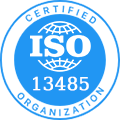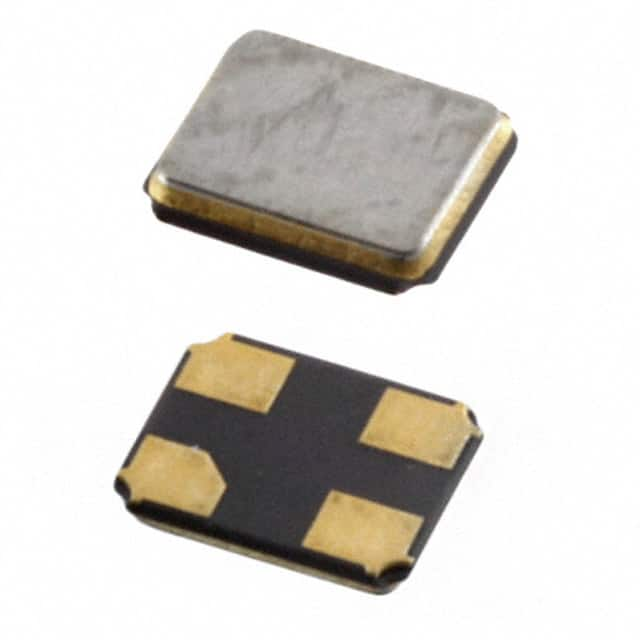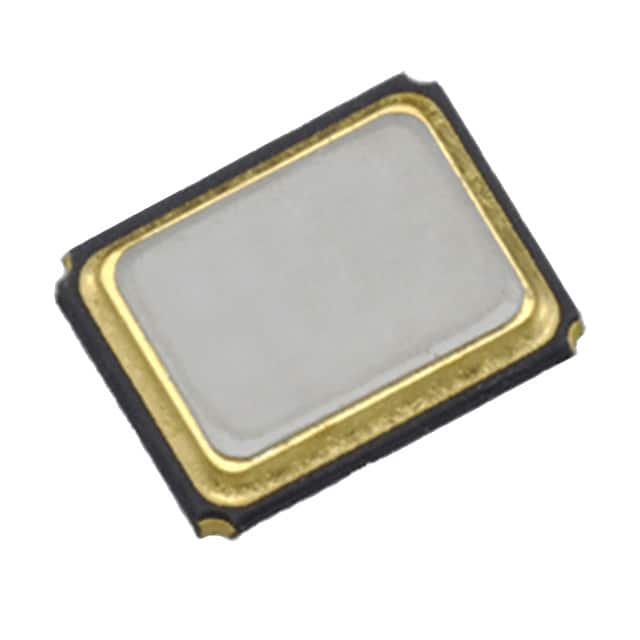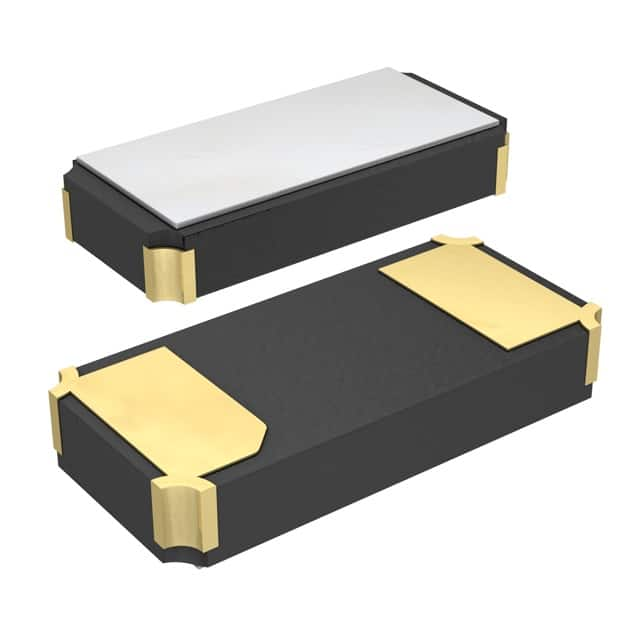EPSON RX8111CE A0
在庫: 5994
MOQ: 1
5 つの価格帯
- メーカー品番 :RX8111CE A0
- メーカーです :EPSON
- Dasenic # :RX8111CE A0-DS
- ドキュメント : RX8111CE A0 ドキュメント PDF
- 説明する : IC RTC CLK/CALENDAR I2C SMD
- パッケージ :-
- 単価: $1.3643合計: $1.36
| 数量 | 単価 | 節約 |
|---|---|---|
| 1-10 | $1.3643 | - |
| 11-1000 | $0.9095 | 33.3% 節約 |
| 1001-2000 | $0.8467 | 37.9% 節約 |
| 2001-5000 | $0.8154 | 40.2% 節約 |
| 5001-10000 | $0.7840 | 42.5% 節約 |
コストと時間を節約するのに役立ちます。
厳格な品質検査と商品の信頼できるパッケージ。
時間を節約する高速で信頼性の高い配送。
365日間の保証アフターサービスを提供します。
EPSON RX8111CE A0 技術仕様、属性、パラメータ。
カテゴリ:Integrated Circuits (ICs)/Real Time Clocks
製品ステータス:Active
動作温度:-40°C ~ 85°C (TA)
特徴:Alarm
取り付けタイプ:Surface Mount
パッケージ/ケース:10-SMD, No Lead
タイプ:Clock/Calendar
インタフェース:I²C
サプライヤーデバイスパッケージ:10-SMD
メモリサイズ:-
電圧 - 供給:1.6V ~ 5.5V
時刻形式:HH:MM:SS
日付形式:YY-MM-DD
電圧 - 供給、バッテリー:-
現在 - 計時(最大):3µA @ 3V
EU RoHS ステータス:RoHS Compliant
REACH規則:Vendor is not defined
輸出規制分類番号:Provided as per user requirements
中国の RoHS ステータス:Green Symbol: Green and environmentally friendly product
RX8111CE A0 は EPSON によって提供されています
EPSON 関連商品のおすすめ
評価とレビュー
Great Product
John D.
Excellent product quality and fast shipping service. Will definitely purchase again!
Good Experience
Sarah M.
Smooth transaction process and responsive customer support. Highly recommended!
Satisfied
Mike R.
Accurate product description and arrived earlier than expected.
製品を評価してください!
アカウントにログイン後、コメントを送信してください。









